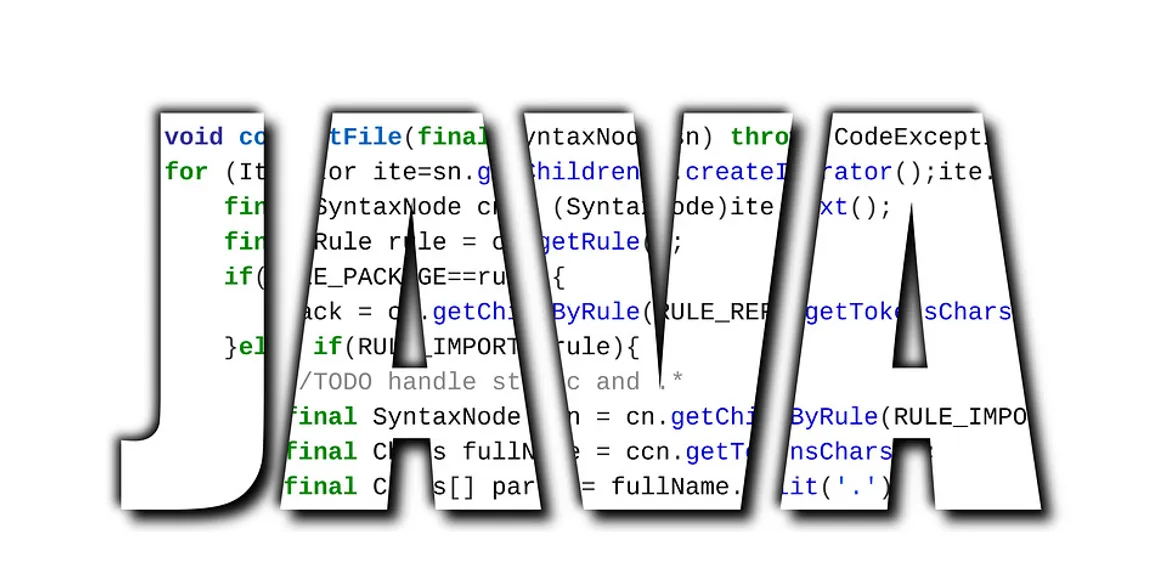
Learn PHP Building Dynamic Websites with Power and Precision
Unlocking the Potential of PHP: A Journey into Dynamic Web Development
In the vast realm of web development, PHP stands out as a powerful scripting language that empowers developers to build dynamic and interactive websites. Let’s embark on a journey to explore the intricacies of PHP and understand how it can elevate your web development skills.
The Foundation: Understanding PHP Basics
At its core, PHP (Hypertext Preprocessor) is a server-side scripting language designed for web development. It seamlessly integrates with HTML, allowing developers to embed PHP code directly into HTML pages. Learning the basics of PHP involves grasping fundamental concepts such as variables, data types, operators, and control structures, which serve as the building blocks for more complex functionalities.
Dynamic Content Creation with PHP
PHP shines when it comes to creating dynamic content on websites. Through its server-side capabilities, PHP can generate dynamic HTML pages, manipulate databases, and interact with forms. This dynamic nature enables developers to craft websites that adapt to user input, making the user experience more engaging and personalized.
Database Interaction: The Power of PHP and MySQL
A crucial aspect of web development is the ability to interact with databases. PHP seamlessly integrates with MySQL, a popular relational database management system. Developers can use PHP to connect to databases, retrieve and manipulate data, and dynamically update content on the website. This synergy between PHP and MySQL forms the backbone of many dynamic and data-driven websites.
Form Handling Made Easy
PHP simplifies the process of handling forms on web pages. By capturing user input through HTML forms and processing it with PHP scripts, developers can create interactive and responsive interfaces. Whether it’s user authentication, data submission, or feedback forms, PHP provides the tools to validate, process, and store information securely.
Incorporating PHP into HTML Pages
One of PHP’s strengths lies in its seamless integration with HTML. Developers can embed PHP code directly within HTML documents, allowing for the creation of dynamic and data-driven web pages. This flexibility enables the creation of modular and maintainable code, facilitating collaboration among developers working on different aspects of a project.
Learn PHP for Server-Side Scripting Mastery
To truly master web development, understanding server-side scripting is essential. PHP excels in this domain, enabling developers to execute scripts on the server before the page is sent to the user’s browser. This server-side processing capability enhances the efficiency and security of web applications. If you’re eager to learn PHP, consider exploring comprehensive resources such as Learn PHP for a guided and in-depth learning experience.
Creating Functions and Modular Code
PHP facilitates the creation of reusable code through the use of functions. By defining functions, developers can modularize their code, making it more maintainable and scalable. This approach enhances code organization and readability, crucial factors in the development of complex web applications.
PHP and Object-Oriented Programming (OOP)
For those seeking advanced PHP proficiency, delving into Object-Oriented Programming (OOP) with PHP is a natural progression. OOP principles allow developers to structure code in a more organized and







